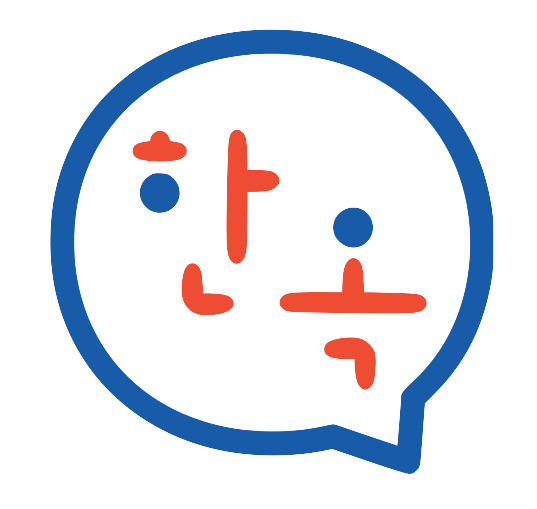DRIVING in Jeju Korea - A Guide for First Timer or Refresher Foreigner Drivers driving on different side of the road
Highlights
🔖 Before leaving
International Driving Permit
Make sure you have the physical hard original grey booklet.
My friend was living overseas and her copy of the IDP wasn’t accepted.
🔖 Getting Your Rental Car
Take the shuttle bus with your luggage.
If you’ve already made a car rental reservation, exit through Jeju Airport Gate 5 and follow the signs to the free shuttle buses. Cross the road to reach the buses, which will take you to the rental company to pick up your car. Lotte shuttle bus operating hours are 06:00 - 22:40.
If you arrive later than your booking time, visit the rental company’s airport desk near Gate 2 for assistance.
Lotte and SK Rental vehicles are located at Bay 1. For other rental companies, check directly with them to confirm the bay number, as the car park guide is in Korean.
At the car rental company.
Here’s my experience with Lotte Rental Car:
When you arrive, you’ll likely encounter a crowd of other arrivals. Head inside the building and get a queue number from the machine located past the counters, on the other end from the entrance.
If you arrive earlier than your booking time, you might need to wait for your car to be ready. Lotte has a restroom, water dispenser, and a 7-Eleven convenience store. For more details, visit: Lotte Rent-a-Car Jeju Auto.
While it’s always a good idea to inspect the car and take photos before driving it out, since Lotte offers full damage coverage policy means there’s no need to document minor scratches or damages.
Before Driving Off from the rental car company
Set the car navigation to English, and ask the staff for assistance if needed.
If the car’s navigation doesn’t work, use Kakao Map or Naver Map on your phone instead, as Google Maps is not reliable in Korea, especially on Jeju.
English place names may not always work; try using telephone numbers
If you know Hangeul, you can navigate in Korean using the car’s system and cross-check with phone maps.
🔖Traffic Lights
Turning Left ⬅:
1. Protected Left Turn:
A left turn is ONLY allowed when the green arrow light is on.
If only the green light (circle) is on, left turns are NOT allowed.
2. Unprotected Left Turn (Discretionary Turn):
Allowed when a 비보호 (discretionary left turn) sign is present and the green light is on.
You may turn left if there are no oncoming vehicles from the opposite direction.
Exercise caution, as this turn requires judgment and is riskier than waiting for the green arrow.
In Summary:
Safest: No green left arrow, no left turning.
If you see a 비보호 sign, make a calculated left turn only when the green light is on, and there is no oncoming traffic.
Turning Right➡:
Turning Right on a Red Light:
You are allowed to turn right at a red light. Do check for pedestrains or incoming vehicles from the front or left.
Always come to a complete stop and check for traffic before proceeding.
When Unsure or Nervous:
If you’re uncertain or feel unsafe, it’s fine to wait for the green light to turn right.
If the car behind you honks, stay calm and check for any incoming traffic before proceeding.
Blinking Yellow Lights🟡🟡:
Indicates that there may be cars coming out from the intersection, so proceed with caution.
You should slow down and check for oncoming traffic, even though you have the right of way as you are going straight.
Don’t be surprised if many drivers don’t slow down, you do you and be careful!
Speed Limit and School Zones
Car navigation alerts you when you're over the speed limit.
Everyone, including taxi drivers, slows down to 30 km/h at school zone speed cameras, even late at night.
Parking
Parking is generally free in many areas.
Credit cards are usually accepted.
For Paid Parking (e.g., Emart):
Cameras at the gantry capture your vehicle's number plate.
Pay in advance at a machine by entering the last 4 digits of your plate number or at the gantry (via machines or staff).
🔖Gassing Up
The rental car must be returned with a full tank. If not, the rental company will charge extra, typically based on the staff’s estimation from the fuel gauge.
At Petrol Stations in Jeju:
Most stations have staff to assist you.
To request a full tank, say "만당" (Mandang).
Alternatively, specify an amount like 20,000 won.
For guidance on using self-service stations, check this helpful site.
Cold weather
Use Snow Chains for icy road conditions.
Lotte rental cars typically include snow chains.
Watch this Hyundai video for defogging and defrosting the windshield
🔖Driving Tips for Nervous First-Timers:
Start Going Somewhere Nearby:
Getting Oriented at a nearby cafe or restaurant along the coast to get your bearings. Scenic coastal views can help ease your nerves.
Set a nearby destination, eg Starbucks at Seohaean-ro (less than 10 minutes away). I’m not a Starbucks fan, but it could be a familiar and comforting place for the nervous soul.
Coastal drives have fewer intersections, making them less stressful.
If you’re driving too slowly, simply slowly pull over to let other cars pass.
Parking Along the Coast:
You can pretty much stop by the roadside along coastal routes as long as you’re not obstructing traffic or causing a hazard.
Using hazard lights while stopped isn’t a common practice here, but do so if it makes you feel safer.
Other Tips
Cars from the opposite direction are on your left. This constant reminder is helpful for me.
The controls may be reversed, so don’t be too shocked when the windshield wipers come on when you meant to signal.
The leftmost lane is the fast lane.
Car plates with ㅎ are rental cars, eg 호, 허, 하






